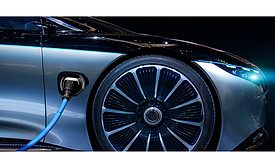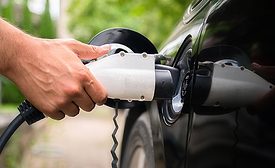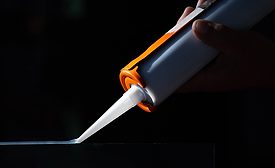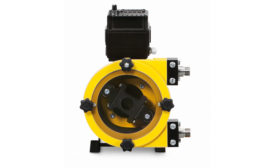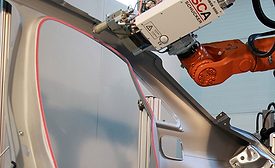Featured on Home Page
Liquid polybutadienes can help improve the environmental performance of a diverse range of chemical formulations.
Read More
Eliminating Adhesive Buildup with Air-Operated Double-Diaphragm Pumps
Next-generation diaphragms have been designed to meet the pumping challenges inherent in the sticky and viscous materials that are the foundation of adhesive and coating manufacturing.
August 11, 2021
Solving Challenges in Electric Vehicle Batteries with Pressure-Sensitive Tapes
The electric vehicle space is an area that will provide a tremendous opportunity to converters and others working with high-performance, pressure-sensitive adhesive (PSA) tapes.
August 9, 2021
Enhanced Durability and Life Expectancy of Silane-Modified Polymer-Based Formulations
Silane-modified polymers (SMPs) are particularly suitable for formulating elastic adhesives, sealants, and coatings. How can additives help optimize performance?
August 6, 2021
Case Study
Solving Glue Transfer Challenges with Peristaltic Pumps
A world-renowned paper tissue manufacturer is enjoying multiple benefits following the selection of peristaltic pumps for the transfer of a glue/ink mixture used in its manufacturing process.
August 4, 2021
Seven Ways Adhesives Push Electric Vehicle Design Forward
Adhesives offer significant advancements in electric vehicle safety, cost, durability, and performance.
August 2, 2021
2021 Raw Materials and Chemicals Overview
The outlook for industrial demand is expected to improve, notwithstanding inflated raw material costs.
July 29, 2021
From the Editor
What is Going On? Exploring Key Trends in the Adhesives and Sealants Industry
In an effort to better understand the state of the adhesive and sealant industry in this chaotic environment, I reached out to industry leaders and asked for their insights on a number of issues.
July 22, 2021
Ask Dr. Dave
Adhesives for Fiberglass Bonding
What are the best adhesives for bonding fiberglass components?
July 20, 2021
Advancing Coatings
Covestro and AkzoNobel Collaborate on Trendy Surfaces for High-Tech Electronics
A new waterborne coating system simultaneously meets the high demands for quality and durability in today’s electronic products.
July 15, 2021
Keep the info flowing with our eNewsletters!
Get the latest industry updates tailored your way.
JOIN TODAY!Copyright ©2024. All Rights Reserved BNP Media.
Design, CMS, Hosting & Web Development :: ePublishing
